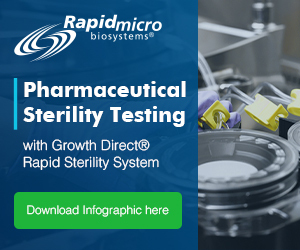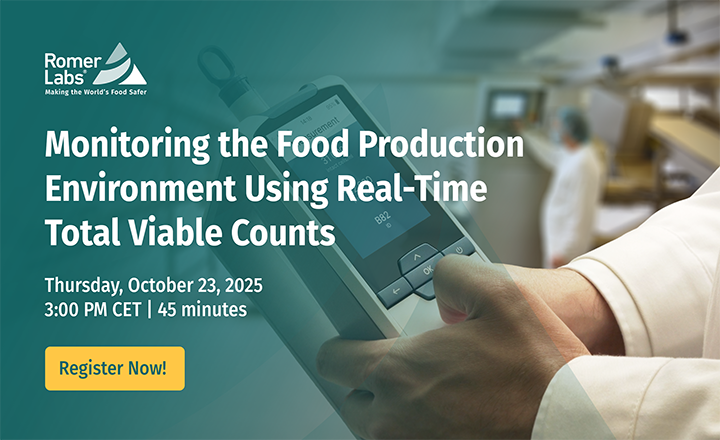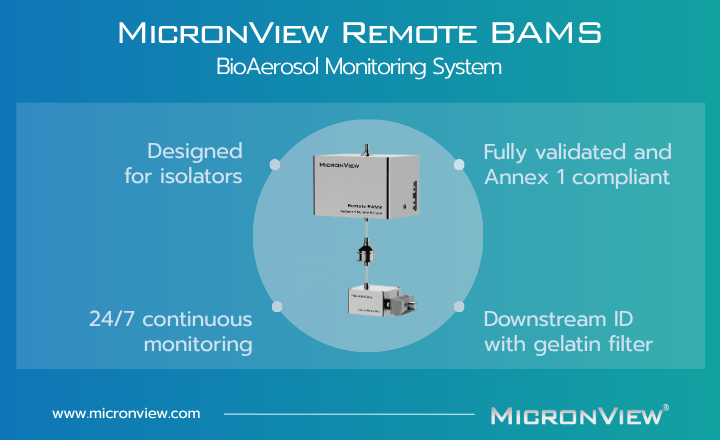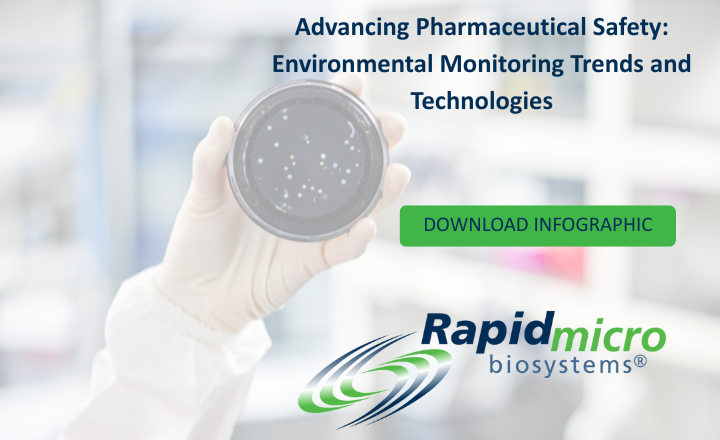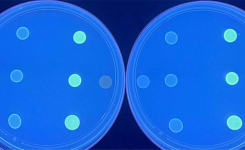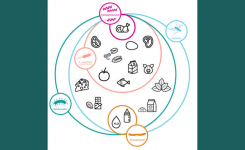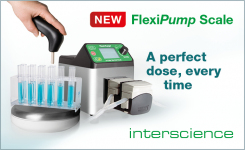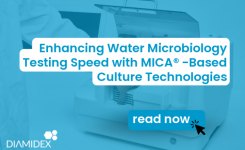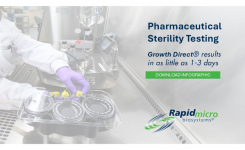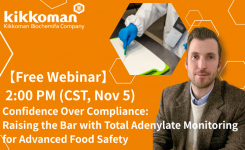
Gain a Competitive Advantage Using a Real-Time Viable Particle Counter
Written by Rocco Petrizzo, TSI Contamination Control Application Specialist Europe, Middle East & Africa.
Introduction
Environmental monitoring (EM) programs are put in place to ensure product quality, and ultimately, patient safety. These EM programs typically include measuring or monitoring airborne non-viable and viable particles, as well as other environmental parameters such as temperature, relative humidity, and differential pressure.
For non-viable, or airborne particles, these clean rooms must comply with regulatory guidelines such as EU Guidelines to Good Manufacturing Practice, Medicinal Products for Human and Veterinary Use, Annex 1 (2008) and the U.S. Food and Drug Administration's Sterile Drug Products Produced by Aseptic Processing - Current Good Manufacturing Practice Guidance on Aseptic Processing (2004). These standards define particle count limits and methodologies for particle cleanliness classification and monitoring, directly referencing current ISO 14644-1 and -2 particle air cleanliness standards. Particles are typically measured using an Optical Particle Counter, which uses scattered laser light to size and count particles. This generally accepted technology has been used for numerous decades, however is not really correct to use total particle data as surrogate of viable particle events.
For that reason viable contamination is typically monitored using an air sampling technique, where a sample is collected onto a suitable growth media and sent to a lab for analysis. The microbiological particles are incubated, and the resulting Colony Forming Units (CFU) are counted. Manufactured pharmaceutical product must wait, typically 3-5 days, for results before they can ship product to the market.
The Measurement Challenge
Aerosol sampling instruments such as Active Air Samplers (AAS) and Optical Particle Counters (OPC) face a challenge of sampling relatively small volumes of air, compared with the total volume of air passing through a critical clean zone. This challenge is compounded in the case of an AAS when configured to sample infrequently.
Limitations of traditional growth based detection methods means that efficiently capturing an airborne particle carrying microbiological contamination and the subsequent successful growth of a visible colony is challenging. As a result, zero recovery from an AAS in the Grade A /ISO 5 zone does not automatically mean that the process environment is free from any microbiological contamination.
When there is microbiological recovery, investigating the root cause is extremely difficult, time consuming and often inconclusive. Understanding how the microbiological contamination arrived in the Grade A /ISO 5 zone is vital. It certainly does not magically appear! There will have been a transfer mechanism, a pathway through from the outside world via EU Grade D, Grade C / ISO 8 then Grade B / ISO 7 finally arriving in the Grade A / ISO 5 zone.
BioTrak® technology provides unique benefits for microbial contamination monitoring. Simply stated, by knowing what is happening when it's happening, Quality Assurance can address excursions immediately, not waiting for the lengthy results from sampling tests.
The BioTrak® Real-Time Viable Particle Counter has three distinct measurement capabilities, providing maximum awareness of particulate levels present in manufacturing clean room environments. It measures total particulate count by incorporating an ISO-21501-4 compliant optical detection engine based on TSI's field proven AeroTrak™ Airborne Particle Counters. Particle viability is determined using TSI's patented LIF technology developed over the past 20 years in TSI's biological threat detection products, but optimized for the pharmaceutical application.
The BioTrak® Real-Time Viable Particle Counter uses two channels of fluorescence along with particle size in its discrimination of particles to better differentiate between viable particles from non-viable particles. Finally, the exact same optically analyzed particles are then collected onto a filter for off-line speciation.
Conclusion
Detecting changes in levels of airborne microbiological contamination in real time in all areas of a life science manufacturing is now a reality. Instruments such as TSI’s BioTrak® Real-Time Viable Particle Counter facilitate proactive Quality Assurance based approaches. They detect airborne viable particles in real-time, and per the current EU and US FDA aseptic processing guidance, monitor total particle counts simultaneously, via a single particle monitoring probe. All optically analyzed particles are collected on a filter to facilitate laboratory analysis using and traditional growth based methods or an alternative rapid method.
LIF-based, real-time airborne viable particle counters can be deployed as part of a contamination risk reduction strategy. The focus is proactively understanding a facility and preventing microbiological contamination from reaching critical manufacturing areas.



